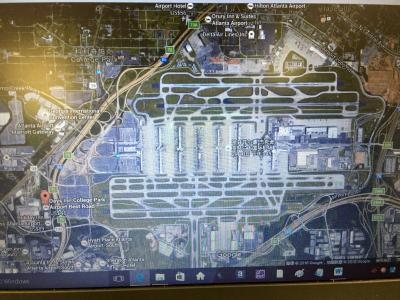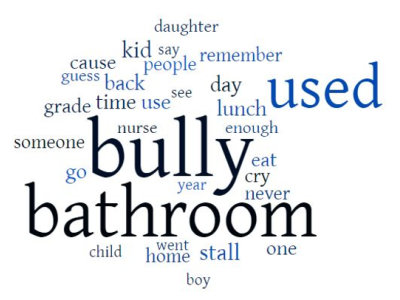
Airplane product-passenger Dataset
- Categories:

Airplane product-passenger Dataset

This dataset has been created from a collection of 56403 multidisciplinary book titles from Springer, available through the Hellenic Academic Libraries Link (https://www.heal-link.gr/en/home-2/) subscription. To obtain this dataset, a parser was created for extracting relevant information, such as the title, subtitle and ToC, from each book. The extracted information was stored in a database for further processing. Each book title in the database includes information regarding the bookid, title, and ToC.

This is a large Chinese taxonomic knowledge base, which is translated from Probase by the neural network.
It has 11,292,493 IsA pairs with an accuracy of 86.6%.

Amidst the COVID-19 pandemic, cyberbullying has become an even more serious threat. Our work aims to investigate the viability of an automatic multiclass cyberbullying detection model that is able to classify whether a cyberbully is targeting a victim’s age, ethnicity, gender, religion, or other quality. Previous literature has not yet explored making fine-grained cyberbullying classifications of such magnitude, and existing cyberbullying datasets suffer from quite severe class imbalances.

This is a large Chinese commonsense knowledge base, which is translated from ConceptNet 5.6, with around 2 million triples and an accuracy of 89.6%.

This heart disease dataset is curated by combining 3 popular heart disease datasets. The first dataset (Collected from Kaggle) contains 70000 records with 11 independent features which makes it the largest heart disease dataset available so far for research purposes. These data were collected at the moment of medical examination and information given by the patient. Second and third datasets contain 303 and 293 intstances respectively with 13 common features. The three datasets used for its curation are:
Cardio Data (Kaggle Dataset)

GesHome dataset consists of 18 hand gestures from 20 non-professional subjects with various ages and occupation. The participant performed 50 times for each gesture in 5 days. Thus, GesHome consists of 18000 gesture samples in total. Using embedded accelerometer and gyroscope, we take 3-axial linear acceleration and 3-axial angular velocity with frequency equals to 25Hz. The experiments have been video-recorded to label the data manually using ELan tool.

That's a dataset.

"The friction ridge pattern is a 3D structure which, in its natural state, is not deformed by contact with a surface''. Building upon this rather trivial observation, the present work constitutes a first solid step towards a paradigm shift in fingerprint recognition from its very foundations. We explore and evaluate the feasibility to move from current technology operating on 2D images of elastically deformed impressions of the ridge pattern, to a new generation of systems based on full-3D models of the natural nondeformed ridge pattern itself.